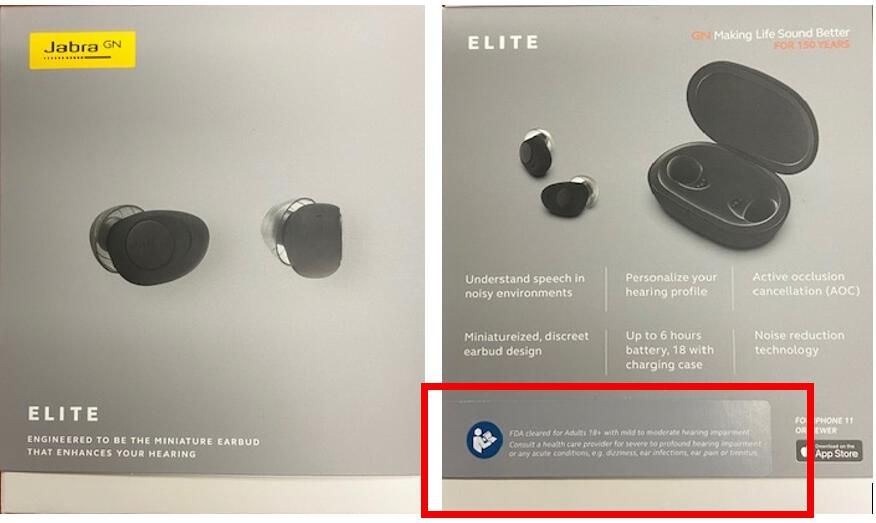Salwei, Megan Elizabeth; Anders, Shilo; Reale, Carrie; Slagle, Jason M.; Ricketts, Todd; Weinger, Matthew B. “Evaluating the Safety and Usability of an Over-the-Counter Medical Device for Adults With Mild to Moderate Hearing Loss: Formative and Summative Usability Testing.” JMIR Human Factors, vol. 12, 2025, e65142, https://doi.org/10.2196/65142.
Hearing loss affects nearly 30 million Americans, but only about 15% use hearing aids, often due to high costs, stigma, and limited access to care. Untreated hearing impairment can lead to social isolation, depression, and an increased risk of falls. In response to these barriers, the Food and Drug Administration (FDA) recently approved the sale of over-the-counter hearing aids for adults with mild to moderate hearing loss, allowing them to be purchased directly from pharmacies, stores, or online without a prescription.
This study aimed to evaluate the safety and usability of an over-the-counter hearing aid before it received FDA approval and became available to the public. We conducted three rounds of testing. In the first round, we performed a formative usability test with 5 intended users to identify any safety or usability issues. After making design changes based on these findings, we tested the modified device with 15 intended users in the second round. In the third round, we tested the device with 21 non-intended users to see if they could identify when they should not use the device based on the packaging, instructions, and labeling.
The results showed that there were minimal safety issues, but usability problems were identified in all testing rounds. Participants struggled with tasks like pairing the hearing aids to a cell phone and distinguishing between the right and left earbuds. Non-intended users also had difficulty understanding the device’s contraindications, such as when to avoid use due to conditions like tinnitus or severe hearing loss. Based on these findings, we made 9 design improvements, such as clarifying pairing instructions and increasing font size, which improved both usability and safety.
In conclusion, this study assessed the usability and safety of an over-the-counter hearing aid for adults with mild to moderate hearing loss. The results highlighted key areas for improvement, which could help make this device safer and easier to use for consumers.
Figure 1. Front and back of the device box.
